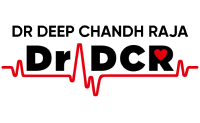- Home
- About Dr. DCR
- Chennai Heart Rhythm Trust
-
Specialities of Dr. DCR
-
- Cardiac Arrhythmias
- Pacemaker Implantation
- HIS Bundle Pacing &
Conduction System Pacing - Defibrillators (ICD) Implantation
- Cardiac Resynchronization Therapy (CRT)
- Leadless Pacemaker Implantation
- Electrophysiology Study (EPS) &
Radiofrequency Ablation (RFA) - Atrial Fibrillation Management
- Ventricular Tachycardia Treatment
- Sudden Cardiac Arrest
-
- Press Releases
- Gallery
- Blogs





.jpg)